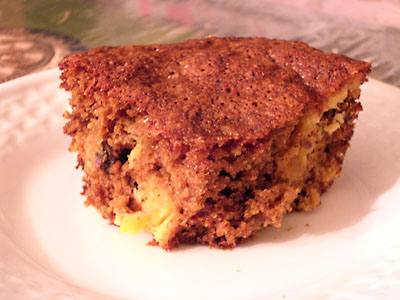Drink to your health: banana hot cocoa
Caffeine addicts drink coffee every day, while the health-conscious turn to tea or wine. As for me, my daily drink is hot cocoa.
It’s no secret that cocoa contains more antioxidants than green tea and vegetables:
"Like some other plant foods, chocolate is chock-full of a wide range of antioxidant compounds called polyphenols, including the procyanidins epicatechin and catechin. Fruit, vegetables, wine, and tea have polyphenolic flavonoids as well but, amazingly, polyphenols are found in much higher abundance in chocolate and cocoa. The amount of polyphenols in milk chocolate is equivalent to that of five servings of fruits and vegetables. The following is the measurement of the polyphenol content in 1.25 ounces of cocoa products:
-
Milk chocolate 300 mg
-
Dark chocolate 700 mg
-
Cocoa powder 1,300 mg
Polyphenols are antioxidants that help the body’s cells resist damage from free radicals, which are formed in normal body processes as well as by environmental pollution, poor diet, alcohol and drug use, and smoking. Free radicals can damage cells, thereby causing cancer and accelerated aging of the body systems. Polyphenols in cocoa also minimize the oxidation of low-density lipoprotein (LDL) cholesterol, a major factor in the promotion of coronary disease such as heart attack and stroke. Reducing the oxidation rate of LDL cholesterol may be just as important as reducing the level of LDL cholesterol. Polyphenols also help inhibit platelet aggregation and activation, meaning they help prevent platelets from clumping together, therefore reducing the risk of arteriosclerosis. Cocoa polyphenols also seem to thin the blood, which slows the rate of coagulation, reducing the risk of heart attack and stroke." – "Today" Show Food Editor Phil Lempert
As if women didn’t have enough excuses to eat chocolate, they’re now popping morsels into their mouths and proclaiming, "I’m eating health food!" But remember, just one ounce of semisweet chocolate has 8 grams of fat, with 5 being saturated (25% of the daily recommended value). 50% of its calories come from fat, and nutritionists recommend a diet of 30% of calories from fat. Eating too much chocolate can cancel out its health benefits.
Chocolate is a mixture of cocoa solids, cocoa butter, sugar and vanilla. Guess where all the nutrients and flavor come from? I can in good conscience chug hot cocoa and proclaim it a health drink.
This banana hot cocoa was inspired by a recipe from Jacques Torres. I swapped the chocolate with cocoa powder, so it’s lower in fat but not in flavor. Since bananas are naturally sweet, you can also get away with using less processed sugar, and the banana/chocolate flavor is a classic combo. Plus, bananas make it "arteriosclerotically thick," which is how NY Times writer Ed Levine described City Bakery’s legendary drink.
This drink packs a power punch: calcium and protein from the milk, potassium from the bananas and of course antioxidants from the cocoa. Save your overripe bananas for this chocolately treat.
Banana Hot Cocoa
Inspired by a recipe from Jacques Torres
Serves 2
Ingredients:
1 large overripe banana, mashed with a fork
2 tablespoons unsweetened cocoa powder
2 teaspoons sugar
2 cups milk
Directions:
Combine all ingredients except milk in a heavy saucepan. Stir in enough milk to make a paste. Whisk in the remaining milk. Scald the mixture over a medium-low flame. Pour into a blender to make the drink smooth and frothy on top. Pour into cups and enjoy!
If you’re feeling lazy, you can just microwave the mixture for about 3 minutes, or until hot. You can skip the blender and leave the drink chunky.
Notes: I like my hot cocoa strong, with a 1:1 ratio of cocoa and sugar. Most hot cocoa recipes call for a 1:2 ratio, so you can increase the sugar to your tastes.

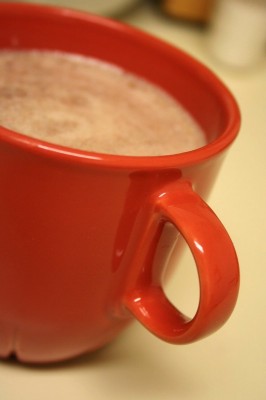


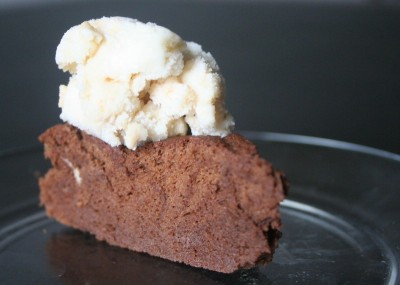
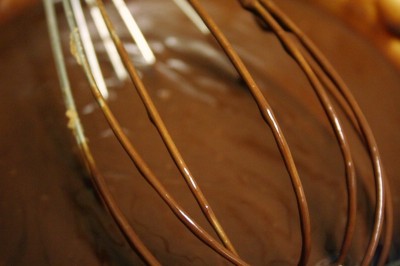
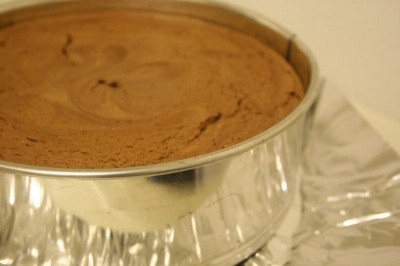
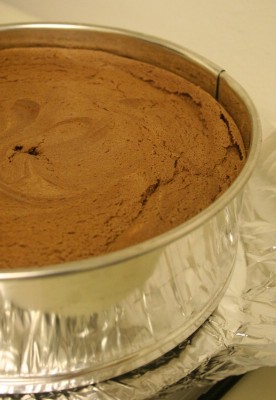

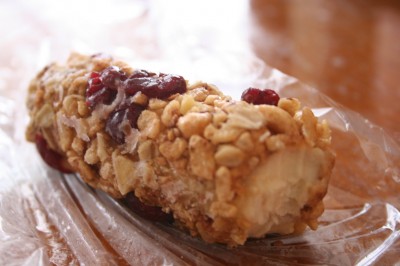
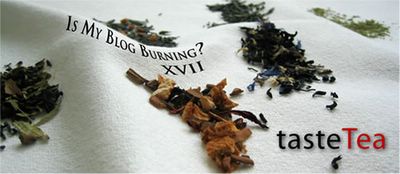

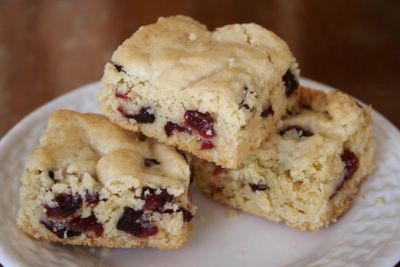
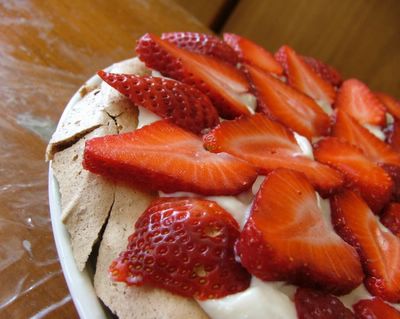
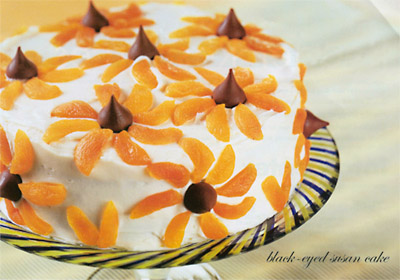
 Ooh, nice and crusty! While this cake was baking, the entire kitchen smelled like gingerbread.
Ooh, nice and crusty! While this cake was baking, the entire kitchen smelled like gingerbread.